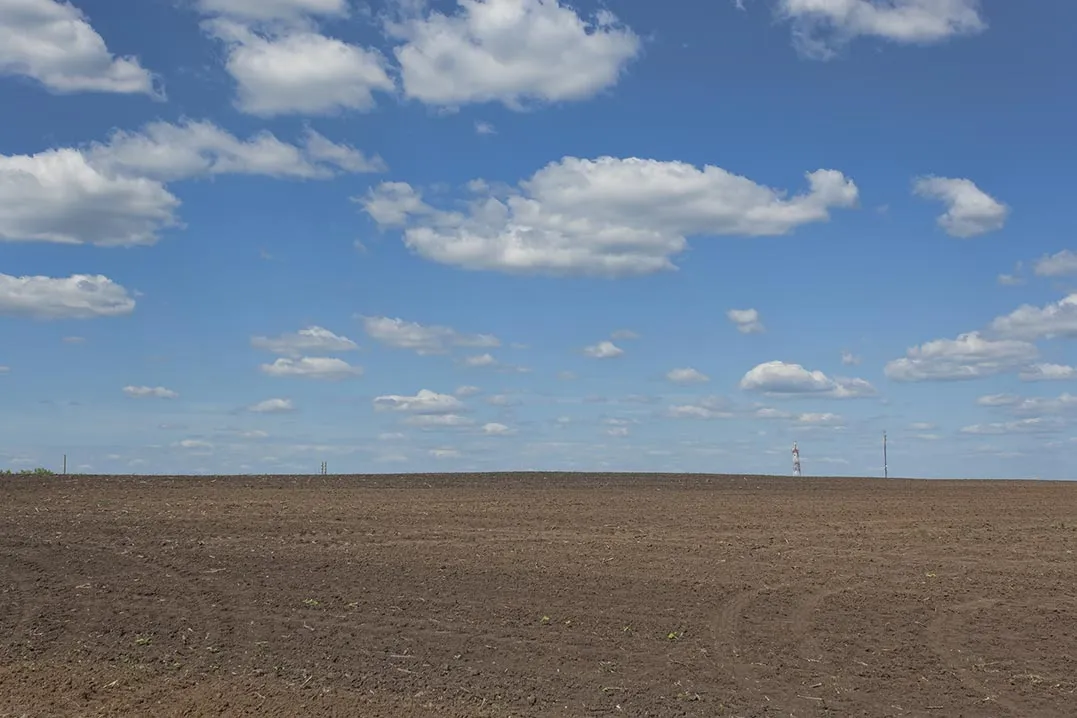Prevented Plant
What Comes Next?
Prevented planting should not be a lost opportunity to plant a cash crop, but rather the perfect opportunity to explore options that may not have been present in other planting years. Here are a few ways steps to capitalize on a prevented planting situation and strengthen your farming operation.


